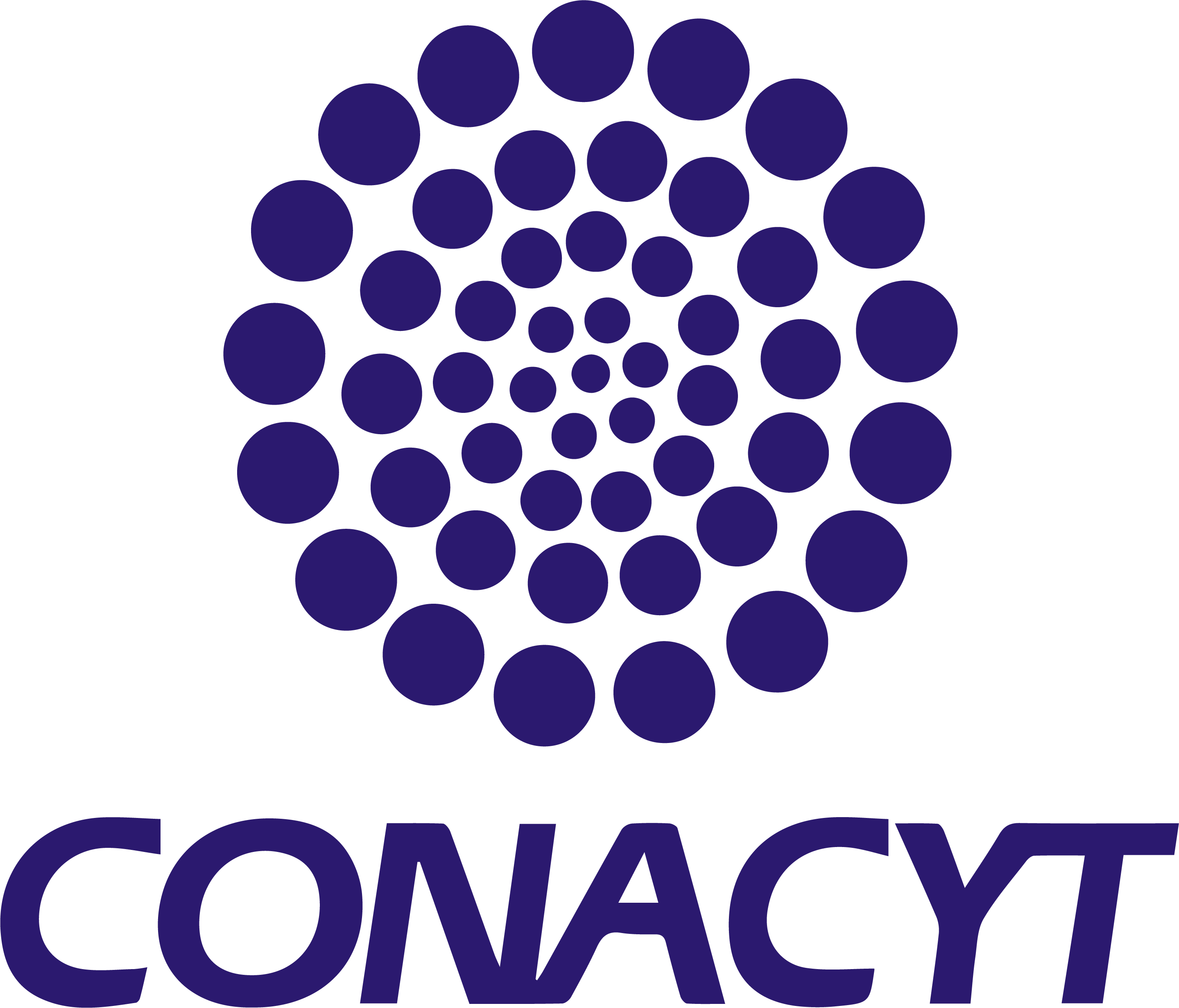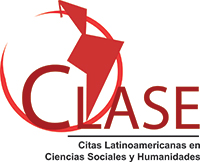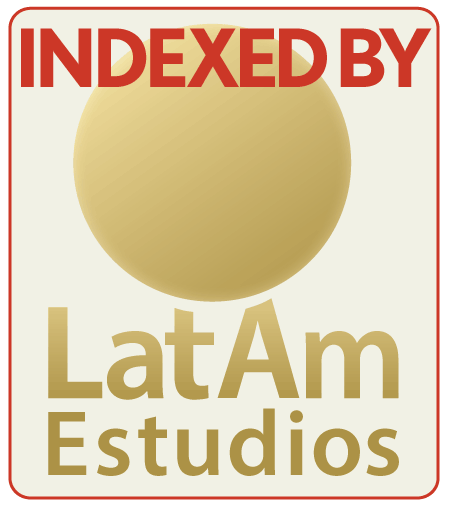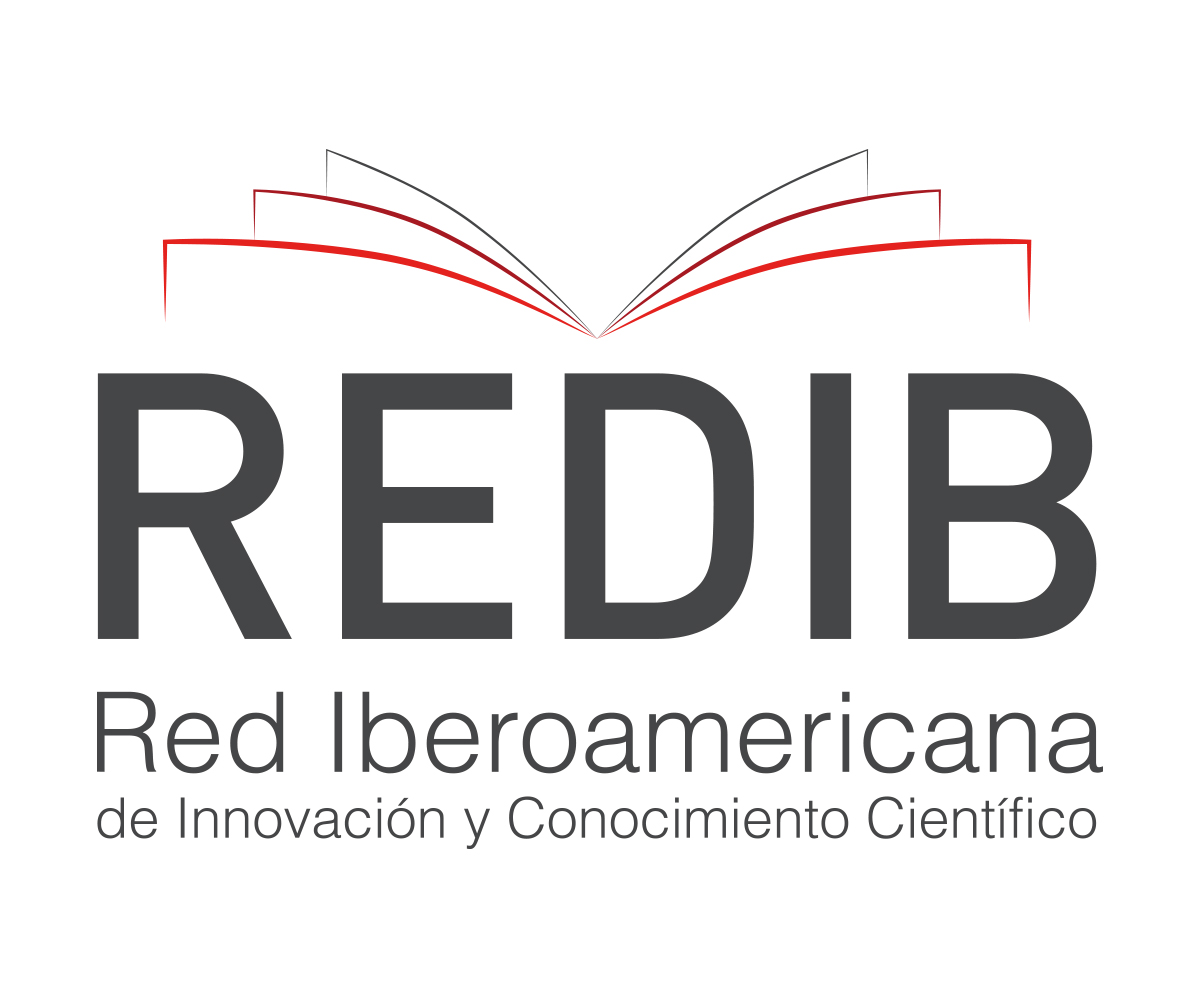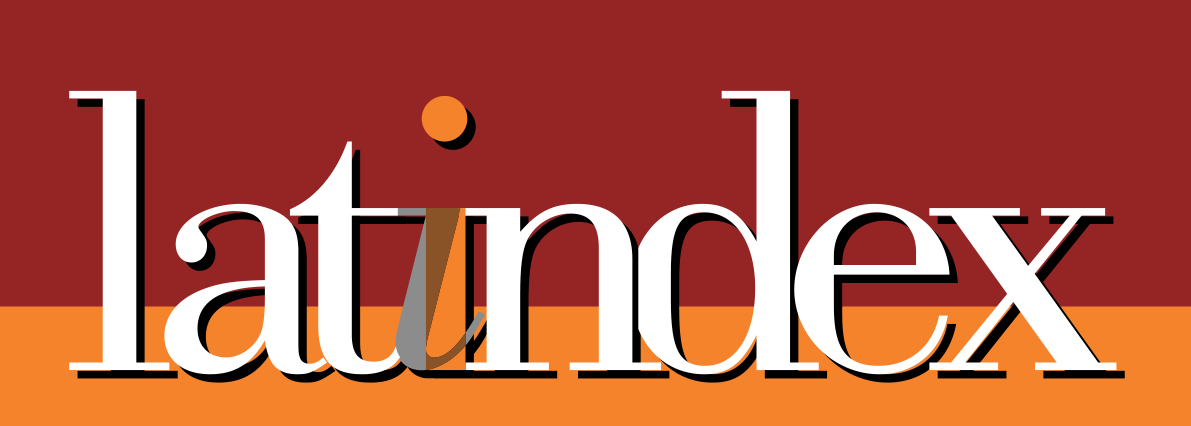Language and gender equity: rights, contradictions and pending tasks in Mexico’s promoted inclusive language guides
Abstract
For over a decade, in Mexico inclusive language has been promoted within government institutions and public bodies without any sign of significant progress. This is partly due to the constant opposition to both social and linguistic changes. Additionally, speakers face difficulties stemming from formal contradictions that must be resolved by those who seek to bring equity into language. This work analyzes three fundamental documents on inclusive language: the Manual para el uso no sexista del lenguaje (Manual for the Non-Sexist Use of Language) (Pérez, 2011), the Manual de comunicación no sexista (Manual of Non-Sexist Communication) (Guichard, 2015), and the Informe de la Real Academia Española sobre el lenguaje inclusivo y cuestiones conexas (Report of the Royal Spanish Academy on Inclusive Language and Related Issues) (RAE, 2020), all of which are institutionally endorsed and recommended by public entities under the banner of gender equity. The central hypothesis of this work is that one of the main obstacles to the dissemination and, consequently, the use of inclusive language lies in the formalist contradictions present in the most important manuals. The results highlight the need for formal linguistic work in two of the analyzed documents, as well as the unavoidable necessity for both the Royal Spanish Academy (Real Academia Española) and the Mexican Academy of Language (Academia Mexicana de la Lengua) to propose conciliatory solutions from sociolinguistic paradigms rather than merely formalist ones.
Downloads
References
Bosque, I. (2012). Sexismo lingüístico y visibilidad de la mujer, Boletín de información lingüística de la Real Academia Española, n. 1. https://www.rae.es/sites/default/files/Sexismo_linguistico_y_visibilidad_de_lamujer_0.pdf
Bourdieu, P. (2018). La dominación masculina. Anagrama.
Calero, M. (2013). Sexismo lingüístico. Narcea.
Company, C. (2017). [elcolegionacionalmx] (29 de noviembre de 2017). ¿Es sexista la lengua española? | ECN en la FIL Guadalajara | Concepción
Company Company. [Video]. YouTube. https://www.youtube.com/watch?v=mJVlyKkNWtI
Company, C. (2019). Lenguaje inclusivo. Una falacia de género, México, El Colegio Nacional. https://colnal.mx/agenda/lenguaje-inclusivo-una-falacia-de-la-equidad-de-genero-conferencia
Etxebarria, M. (2007). Mujeres lingüistas en el ámbito de los estudios sociolingüísticos. Revista de investigación lingüística, 10, 41-54. https://doi.org/10.6018/ril
García, A. (1994). ¿Es sexista la lengua española? Una investigación sobre el género gramatical. Paidós.
Gil, J. (2020). Las paradojas excluyentes del «lenguaje inclusivo». Revista Española de Lingüística, 50(1), 65-88. http://dx.doi.org/10.31810/RSEL.50.1
Grijelmo, A. (2019). Propuestas de acuerdo sobre el lenguaje inclusivo. Penguin Random House Grupo Editorial.
Guichard, C. (2015). Manual de comunicación no sexista. INMUJERES. http://cedoc.inmujeres.gob.mx/documentos_download/101265.pdf
Hymes, D. (1972). On communicative competence. Pride y Holmes.
Lagarde, M. (2021) Los cautiverios de las mujeres. Siglo XXI Editores.
Moure, T. (2021). Lingüística se escribe con A. La perspectiva de género en las ideas sobre el lenguaje. Catarata.
Muñoz, M., Enríquez A., Galván, E. (2023). Lenguaje inclusivo en la universidad pública, en Gutiérrez B., Mendieta A. (Coords). La voz de las mujeres científicas. Tirant humanidades.
Organización de las Naciones Unidas. (2024). Lenguaje inclusivo en cuanto al género. https://www.un.org/es/gender-inclusive-language/.
Pérez, M. (2011). Manual para el uso no sexista del lenguaje. México: CONAVIM. https://www.gob.mx/cms/uploads/attachment/file/55295/11.1_Manual_para_el_uso_no_sexista_del_lenguaje__2011.pdf
Real Academia Española (2020) Informe de la Real Academia Española sobre el lenguaje inclusivo y cuestiones conexas. https://www.rae.es/sites/default/files/Informe_lenguaje_inclusivo.pdf
Real Academia Española (2012), “El pleno de la RAE suscribe un informe del académico Ignacio Bosque sobre Sexismo lingüístico y visibilidad de la mujer”. https://www.rae.es/noticia/el-pleno-de-la-rae-suscribe-un-informe-del-academico-ignacio-bosque-sobre-sexismo.
Van Dijk, A. (2004). Discurso y dominación. En Grandes conferencias de Ciencias Humanas. Universidad Nacional de Colombia.

This work is licensed under a Creative Commons Attribution 4.0 International License.
In order to promote the development and dissemination of research in education in Latin America, the Ibero-American Journal for Educational Research and Development (RIDE) adhered to the Budapest Open Access Initiative, which is why it is identified as a Open access publication. This means that any user can read the complete text of the articles, print them, download them, copy them, link them, distribute them and use the contents for other purposes. Creative Cummons licenses allow users to specify the rights to use an open access journal available on the Internet in such a way that users know the rules of publication. Authors who publish in this journal accept the following conditions: Authors they keep the author's rights and give the magazine the right of the first publication, with the work registered with the attribution license of Creative Commons, which allows third parties to use the published material whenever they mention the authorship of the work and the first publication in this The authors can make other independent and additional contractual agreements for the non-exclusive distribution of the version of the article published in this journal (eg, include it in an institutional repository or publish it in a book) as long as they clearly indicate that The work was published for the first time in this magazine. Authors are allowed and recommended to publish their work. low on the Internet (for example on institutional or personal pages) before and during the review and publication process, as it can lead to productive exchanges and to a greater and faster dissemination of the published work





